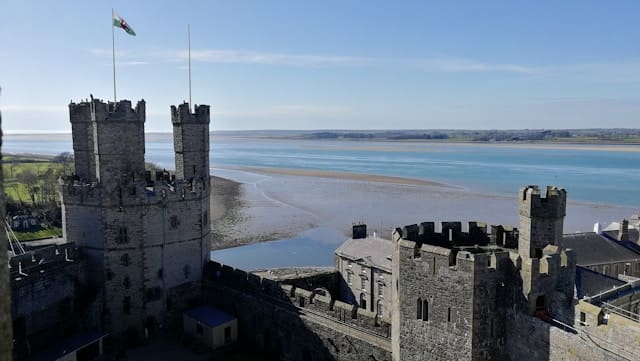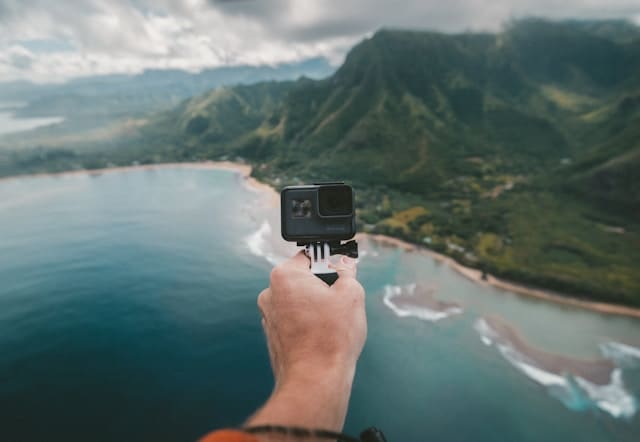In the age of technology, it is somewhat unsurprising that even tourism is getting a digital makeover. Let’s take a look at just a few technologies that are transforming the tourist industry in the UK and Ireland, and the impact that they have.
Live Streaming Rural Scotland
Live streaming has long since been utilised by primarily the entertainment industry, allowing viewers to interact with experiences without physically being in that location. Take something like online casinos, for example. Players can head to a dedicated section of a casino platform like https://casino.betfair.com/p/live-casino which has a wide range of different live casino games. These games use live stream technology to broadcast a game in real-time, hosted by a real croupier, providing an authentic and immersive casino experience.
This same logic can then be applied to tourism, allowing tourists to experience something in real-time that they perhaps wouldn’t ordinarily be able to. This is particularly useful for areas like rural Scotland and the Highlands, where a key consideration is to preserve the environment – something increased tourism could counteract. Here, there is a balance to be struck between boosting the tourism-fuelled economy and preserving the idyllic countryside. In this sense, tourists can authentically experience the Scottish countryside through live stream events, hikes, and explorations, reducing the potential environmental impact of increased foot traffic to the area.
Visit Wales Using Virtual Reality
Using 360° cameras to take panoramic and close-up videos and photographs, it is possible to build up a virtual environment that digitises a physical location. Through this, viewers can experience the location through their internet connection, either as a simple video or by connecting virtual reality (VR) accessories to interact with the environment in real-time.
This pioneering technology is already being used by the official Visit Wales website. You can find a range of ‘virtual visits’ here: https://www.visitwales.com/inspire-me/virtual-visit which allow tourists to virtually tour Wales, and get hands-on with the regions’ histories and cultures. From castles like Caernarfon to the untouched countryside, VR can allow tourists to explore Wales in an authentic and immersive way without having to step foot on Welsh soil.

GPS-Enabled Audio Tours in Ireland
Though some people might prefer to be part of a guided tour group, others are naturally more independent or may need some additional flexibility in their schedule. With this in mind, self-guided walking tours can be a great way to explore new cities. Self-guided walking tours are even available through Google Maps – you can find a list of some of the best Google Maps walking tours here: https://www.lonelyplanet.com/articles/google-maps-walking-tours and instructions on how to use them.
The one downside of these tours is that they require the tourists to know where they are and navigate the map and research the stops manually. This is one of the reasons why Dublin has many self-guided walking tours that are GPS-enabled. Tourists simply follow the route set out on the map on a downloadable application. When they stop at each point, the GPS triggers an audio clip to be played that describes the surroundings. This automates the audio, reducing the risk of human error, and the introduction of audio makes the experiences more immersive.
And there you have it – just a few technologies that are shaking up the tourist industry in the UK and Ireland. Though they serve unique purposes, all these elements can make tourism more environmentally conscious, accessible, and immersive.

